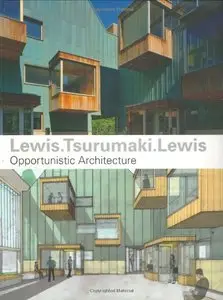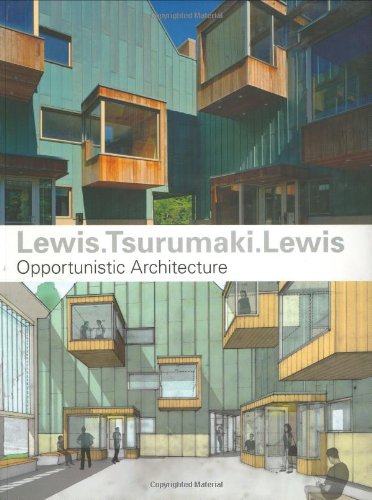Lewis.Tsurumaki.Lewis: Opportunistic Architecture by Paul Lewis, Marc Tsurumaki and David J. Lewis
English | 2007 | ISBN: 1568987102 | 192 pages | PDF | 35,4 MB
English | 2007 | ISBN: 1568987102 | 192 pages | PDF | 35,4 MB
What if the constraints and limitations of architecture became the catalyst for design invention? The award-winningyoung architecture firm Lewis.Tsurumaki.Lewis calls their answers to this question "opportunistic architecture."
It is a design philosophy that transforms the typically restrictive conditions of architectural practicesmall budgets, awkward spaces, strict zoninginto generators of architectural innovation. Often building portions of projects themselves, thesearchitects seek to maximize their project's impact through material fabrication and construction.
Lewis.Tsurumaki.Lewis presents a diverse selection of built and speculative projects ranging from smallinstallations to larger institutional buildings. Their celebrated restaurant projectsincluding a café with a wall made by the architects from 479 cast-plaster coffee cup lidspresent innovative solutions to the challenges of working with existing space. Their large institutional buildings such as Bornhuetter Hall for Wooster College imaginatively engage the particulars of program, budget, client needs, and code. Their designs for a residence in Nazareth, Pennsylvania, morph from a standard suburban elevation on the street front to a modern pavilion at the back. Also included are a selection of the firm's speculative projects addressing issues of urbanism and suburbanism. Built projects are accompanied by thought-provoking texts, beautiful drawings, and photographs. An appendix distills their design philosophy into five tactics, a readymade code forstudents and practitioners looking for design ideas for the real world. Lewis.Tsurumaki.Lewis will enlighten and inspire architects to create more useful, attractive, and interesting forms.



